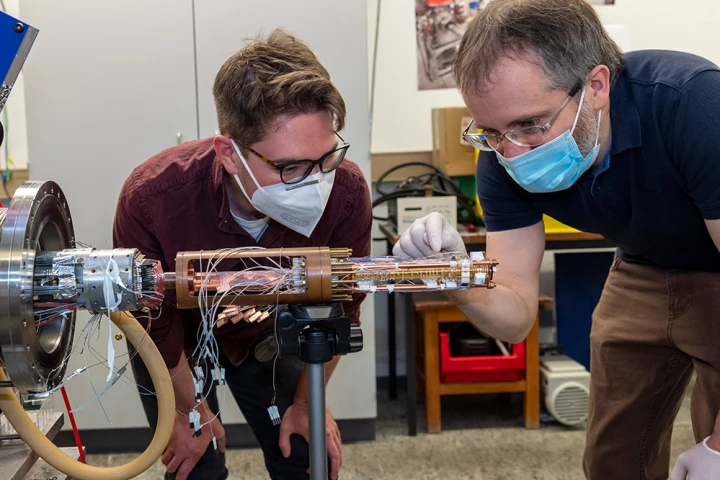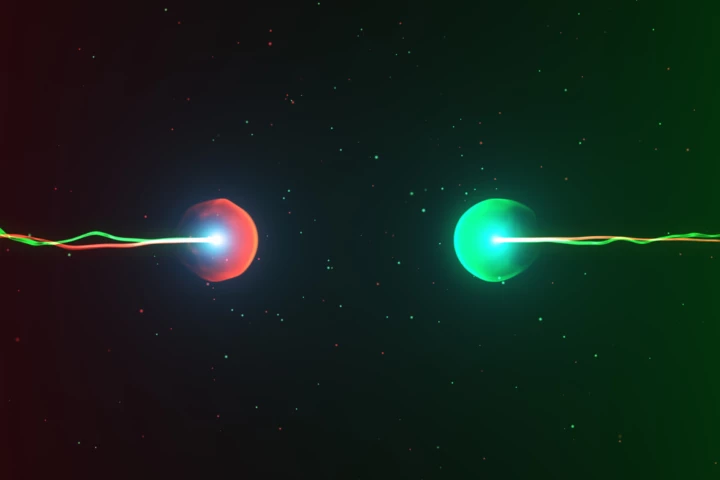Matter
-
The intriguing cosmic mystery of fast radio bursts (FRBs) has now shed light (pun intended) on another mystery. By studying the signature of an FRB from a nearby galaxy, astronomers have found that the Milky Way has far less matter than expected.
-
Everything has to end eventually – including the universe itself. It might be hard to imagine a catastrophe big enough to affect the entirety of existence, but here are some of the leading hypotheses about how the universe could end, and when.
-
An exotic state of matter originally hypothesized almost 50 years ago has been observed for the first time. Created by Harvard researchers, this material called quantum spin liquid could eventually help improve quantum computers.
-
Time crystals sound like something a video game character would be trying to collect, but this bizarre phase of matter is very real – and now one of them has been created in Google’s quantum processor, Sycamore.
-
Superconductivity occurs when electrons in a metal pair up. Scientists in Germany have now discovered that electrons can also group together into families of four, creating a new state of matter and potentially a new type of superconductivity.
-
Normal matter has an “evil twin” that annihilates on contact, and despite decades of study antimatter remains very mysterious. So what actually is it? Where is it? Why is it important to understand? And why hasn’t it already destroyed the universe?
-
Antimatter is hard to study, not least because it annihilates any container you try to put it in. Now CERN physicists have developed a new antimatter trap that can cool samples in seconds, which could help unlock a fundamental mystery of the universe.
-
There are many exotic states of matter besides the basics of solid, liquid, gas and plasma. One of these, known as a supersolid, was confirmed a few years ago, and now University of Innsbruck scientists have created it in a new two-dimensional form.
-
Physicists at CERN have discovered an exotic new particle that’s quite charming. Known as Tcc+, the particle belongs to a rare class called tetraquarks, and its unusual composition makes it the longest-lived exotic hadron found so far.
-
Physicists have outlined a relatively simple new way to create antimatter, by firing two lasers at each other to reproduce the conditions near a neutron star, converting light into matter and antimatter. Doing so could unlock cosmological mysteries.
-
In 2018 astronomers claimed to have found a galaxy that didn’t have any dark matter. The controversial study sparked a debate and raised new questions about cosmology. Now, the scientists say they've uncovered further evidence of the odd deficiency.
-
A subatomic particle has been found switching between matter and antimatter, in Large Hadron Collider data. It turns out an unfathomably tiny weight difference between two particles could have saved the universe from annihilation soon after it began.
Load More











